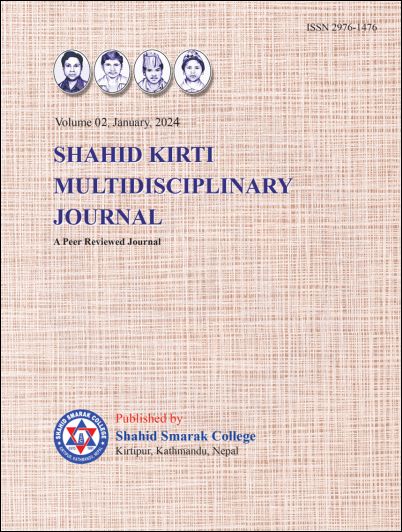Gender-Based Violence Through the Victim’s Lens
DOI:
https://doi.org/10.3126/skmj.v2i2.62499Keywords:
Gender-based violence, gender, violence, knowledge and victimsAbstract
One in three women worldwide experience gender-based violence (GBV), predominantly by someone familiar (WHO). This study explores how Nepali victims understand personal incidents of GBV and its impacts, addressing gaps in victim-centered perspectives. Despite extensive literature on GBV, victims’ narratives are rarely spotlighted; “justice” is often academically-defined. Using purposive sampling and semi-structured interviews with 37 women, we examined research questions on victims’ perceptions of GBV events and effects afterwards. Thematic analysis revealed high GBV prevalence, especially for girls, yet chronically underreported due to factors like shame, stigma, mental health tolls, doubts over evidentiary support, masculinity constructs, and judicial distrust. Child abuse by acquaintances was salient, reflecting trust exploitation. Ultimately findings expose alarming yet overlooked violence against Nepali women and girls amidst normalization and victim-blaming attitudes. Centering survivors’ voices spotlights vital individual and systemic transformations required to address this epidemic. Insights provide a victim-based understanding of GBV to inform rights-centric responses.




